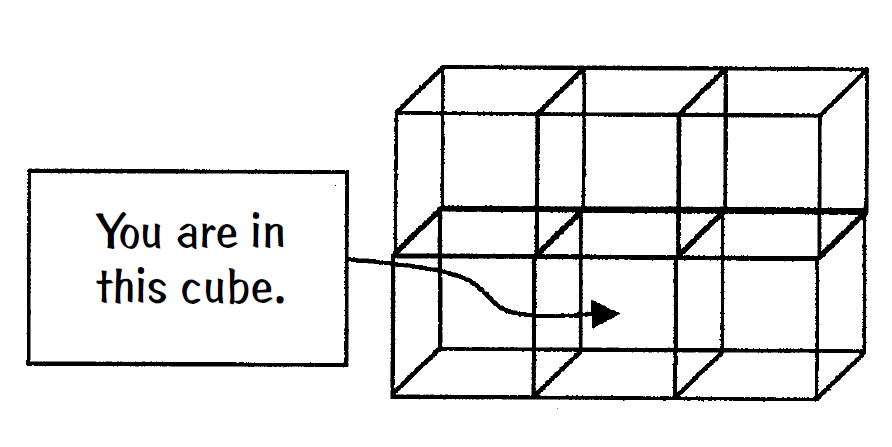


 الفيزياء الكلاسيكية
الفيزياء الكلاسيكية
 الكهربائية والمغناطيسية
الكهربائية والمغناطيسية
 علم البصريات
علم البصريات
 الفيزياء الحديثة
الفيزياء الحديثة
 النظرية النسبية
النظرية النسبية
 الفيزياء النووية
الفيزياء النووية
 فيزياء الحالة الصلبة
فيزياء الحالة الصلبة
 الليزر
الليزر
 علم الفلك
علم الفلك
 المجموعة الشمسية
المجموعة الشمسية
 الطاقة البديلة
الطاقة البديلة
 الفيزياء والعلوم الأخرى
الفيزياء والعلوم الأخرى
 مواضيع عامة في الفيزياء
مواضيع عامة في الفيزياء|
Read More
Date: 10-10-2016
Date: 6-11-2016
Date: 2-10-2016
|
Wallpaper Geometry
Some of the old video games used an interesting but simple visual technique to extend the playing field. A character running off the right side of the screen then entered the left side while the background scenery remained fixed. That is, the right side edge is matched to the left side edge, and the top and bottom are matched also. One could even have a rectangular array of video screens, each right edge matched to a left edge, etc., each screen showing the same image. Faster systems later came along, and the scenery moved instead, and these 2-D views were eventually replaced by 3D views.
Consider now a 3D regular array of cubes touching face to face and top to bottom, the 3D space analog to the old style 2D video game. Let opposite cube faces be matched and imagine that these face surfaces are invisible. You are standing in one cube inside this space and look to your right. Behold! You see yourself!

What exactly do you see? What do you see when looking upward?
Answer
Standing inside the cube, to your right you see your left side of your person in the cube to the right. To your front you see your back. To the top you see the soles of your shoes. You see a 3D array of yourself from many different views, at many different distances, at many apparent sizes, and at many different image intensities. This view is not like being inside a cube with reflecting mirrors on all sides because no image is reversed. Cosmologists are trying to determine whether our 3D space is mathematically and physically discrete—that is, compartmentalized into large cubes or regular dodecahedrons, each being perhaps as large as 10 billion light years or bigger. If so, seeing a galaxy in one direction could be complemented by seeing the same galaxy in the opposite direction. Of course, several problems exist, such as the distance being greater in one direction than in the other, with the consequence that the galaxy is being seen not only from the other side but also at a different time in its evolution of structure.
There may be multiple copies of the galaxies to confound things. There might even be multiple copies of each of us! Any positive results will bring about a revolution in our thinking about space and time in the universe. the soles of your shoes. You see a 3D array of yourself from many different views, at many different distances, at many apparent sizes, and at many different image intensities. This view is not like being inside a cube with reflecting mirrors on all sides because no image is reversed.
Cosmologists are trying to determine whether our 3D space is mathematically and physically discrete that is, compartmentalized into large cubes or regular dodecahedrons, each being perhaps as large as 10 billion light years or bigger. If so, seeing a galaxy in one direction could be complemented by seeing the same galaxy in the opposite direction. Of course, several problems exist, such as the distance being greater in one direction than in the other, with the consequence that the galaxy is being seen not only from the other side but also at a different time in its evolution of structure.
There may be multiple copies of the galaxies to confound things. There might even be multiple copies of each of us! Any positive results will bring about a revolution in our thinking about space and time in the universe.



|
|
|
|
"إنقاص الوزن".. مشروب تقليدي قد يتفوق على حقن "أوزيمبيك"
|
|
|
|
|
|
|
الصين تحقق اختراقا بطائرة مسيرة مزودة بالذكاء الاصطناعي
|
|
|
|
|
|
|
مكتب السيد السيستاني يعزي أهالي الأحساء بوفاة العلامة الشيخ جواد الدندن
|
|
|